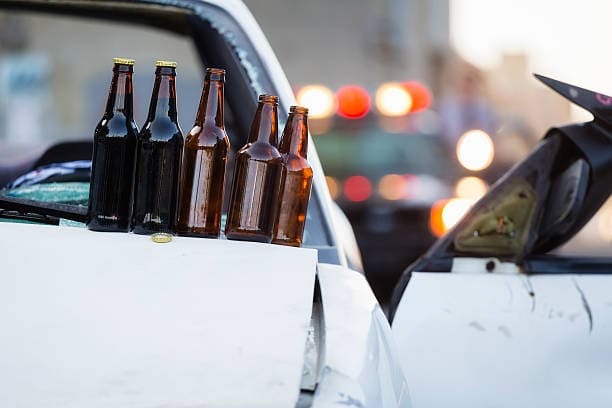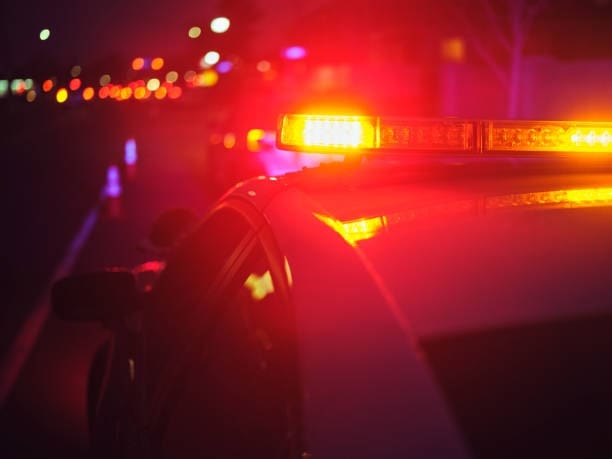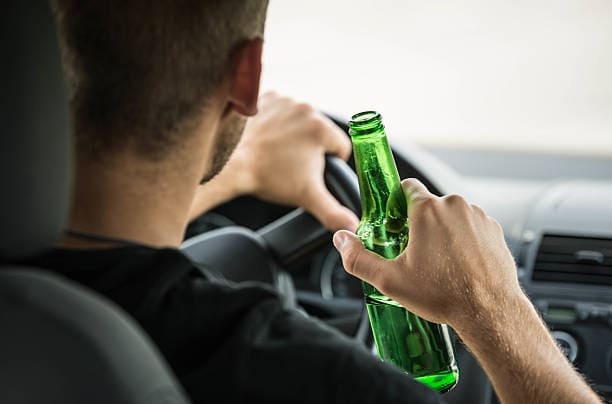What’s the Australia drink driving limit? The legal blood alcohol concentration (BAC) legal limit for driving in Australia is 0.05%. Here are the most common devices that can measure BAC:
- Breathalyser: This is the most common device used by police to measure BAC. It estimates BAC by testing the alcohol in a breath sample.
- Blood test: This is the most accurate way to measure BAC. A blood sample is taken and sent to a lab for testing. Blood tests are usually only used in serious drink driving (DUI) cases or when a breathalyser test is not possible.
- Urine test: Urine tests are less common than breathalysers or blood tests, but can still measure BAC. They’re not as accurate as blood tests and take longer to get results.
- Saliva test: Saliva tests are a new way to measure BAC. They’re not as common as breathalysers or blood tests, but may become more popular in the future. Saliva tests are still in development and their accuracy hasn’t been fully established.
Remember, even a small amount of alcohol can affect your driving skills. If you’re going to drink, it’s always best not to drive. Let’s read more about Australia drink driving limit and drug impaired driving (both illegal and prescribed illicit drug)
The Drink Driving Limits
An article says road deaths caused by drunk drivers are a big problem in Australia, innocent people are often the victims. The 0.05% BAC limit has been in place for years, despite technology and awareness advancements.
Even European countries have lower BAC limits (0.02% or zero) to improve road safety. They have similar alcohol consumption rates to Australia. A lower limit would make it clearer that drinking and driving don’t mix.
So these would make people plan for alternative transport after drinking. Studies say it could reduce drink driving deaths and injuries. When Australia lowered the BAC limit before, it reduced the number of high BAC drivers.
While reducing overall alcohol consumption is a bonus, the main goal is to separate drinking from driving. The Australia drink driving limit aims to achieve:
- Saving lives and reducing injuries: This is the top priority. Alcohol impairs reaction time, judgement and coordination even in small amounts. The limit is to reduce the risk of impaired drivers causing accidents.
- Deter drunk driving: The BAC limit and associated penalties will discourage people from drinking and driving. Knowing they could get fined, have their licence suspended or even go to jail will make individuals less likely to take the risk.
- Protect vulnerable road users: Many drink driving crashes involve innocent people like passengers, pedestrians and cyclists. The limit will keep these vulnerable groups safe.
- Public health: By reducing drink driving the limit contributes to broader public health goals by reducing the number of alcohol related injuries and deaths.

Are There Exemptions to the BAC Limit?
While the standard Australia drink driving limit is 0.05% BAC, there are some exemptions where zero tolerance applies:
- New drivers: Drivers who haven’t held a licence for at least 2 years (learners and provisional licence holders).
- Disqualified drivers: Those with recent disqualifications for alcohol or drink and drug driving offences.
- Special licences: Holders of Extraordinary Licences.
- Repeat offenders: Drivers previously convicted of alcohol offences.
- Professional drivers: This includes drivers of:
- Buses (more than 12 adults)
- Vehicles carrying passengers for hire (taxis, rideshares)
- Vehicles transporting dangerous goods
- Heavy vehicles over 22.5t GCM
Australia Drink Driving Limit: What Are the Fines?
States categorise drink driving offences by BAC levels. Fines, licence disqualification and imprisonment apply, increasing in severity with higher BAC and repeat offenders. Here’s a state by state breakdown:
- Queensland (QLD): Four BAC levels with increasing penalties for exceeding the Australia drink driving limit (0.05%). Repeat offenders get harsher penalties including car impoundment and longer licence disqualification.
- New South Wales (NSW): Five categories based on BAC range. Fines, licence disqualification and imprisonment apply. Check NSW Roads and Maritime Services for more info.
- Australian Capital Territory (ACT): Four levels with escalating penalties based on BAC. Driving under the influence (DUI) gets the highest penalties. See Road Transport (Alcohol and Drugs) Act 1977 for details.
- Victoria (VIC): Toughest rules. Zero tolerance for learner permit holders. Fines, licence disqualification (up to 4 years for high BAC) and imprisonment apply. Governed by Road Safety Act 1986.
- Tasmania (TAS): Police discretion for first time offenders with low BAC. Penalties based on BAC range, harsher for repeat offenders. See Road Safety (Alcohol and Drugs) Act 1970 for more.
- Northern Territory (NT): Penalties based on Australia drink driving limit range, licence loss for any offence. DUI offenders must complete a drunk driver training course to get their licence back.
- South Australia (SA): Offences are PCA (prescribed concentration of alcohol) or DUI. Penalties based on BAC range, expiation (on-the-spot fine) for first-time offenders with low BAC.
- Western Australia (WA): Some drivers have zero BAC limit, others 0.05%. BAC between 0.05 and 0.079 gets an infringement notice. Higher BAC gets disqualification and licence seizure until court. Governed by Road Traffic Act 1974.
Drink Less When Driving
To drink safely and avoid Australia drink driving limit:
- Firstly, plan ahead with a designated driver, know your limits when you want to drink alcohol.
- While drinking, pace yourself. If you know how your body processes alcohol, choose alcohol drinks. Make sure to also avoid illicit drugs keep an eye on the time.
- Always remember to never drink and drive. Use a taxi, rideshare or public transport instead of using your motor vehicle.
- Know the BAC legal limit (0.05% in Australia, zero for some drivers) for people who are drinking alcohol.
- Stay safe by being aware of medication interactions, stay hydrated and get enough sleep.

Need Legal Help with Offences on Drink and Drug Driving?
Drink driving is a very serious offence with very serious consequences. Even a small amount of alcohol can greatly impair your judgment and reaction time, putting yourself and others on the road at risk. The legal penalties can be severe, as we’ve seen, with big fines, licence disqualification and even imprisonment.
If you or someone you know has been charged with a drink driving offence or charged with third and subsequent offences. JB Solicitors are drink driving experts and can help you understand your options and get the best result.
Contact us today for more information about Australia drink driving limit.
